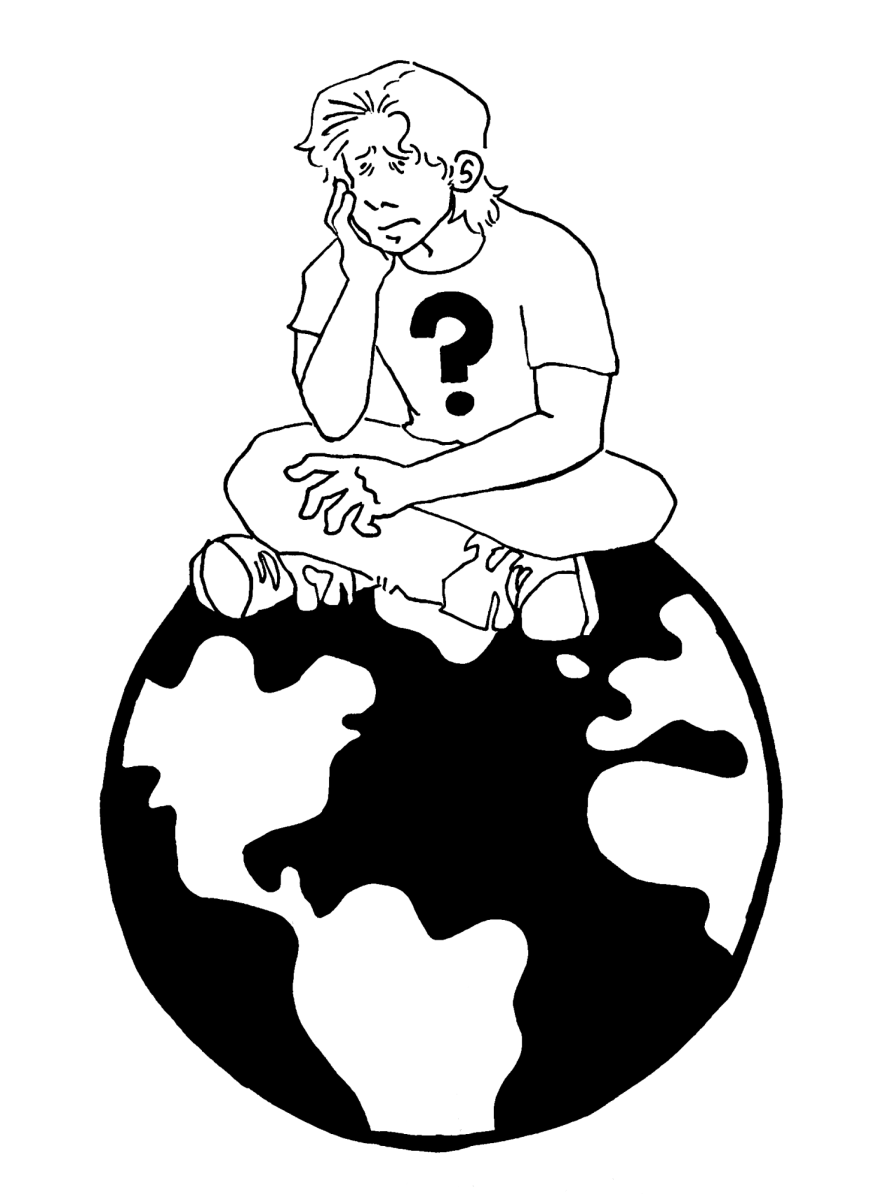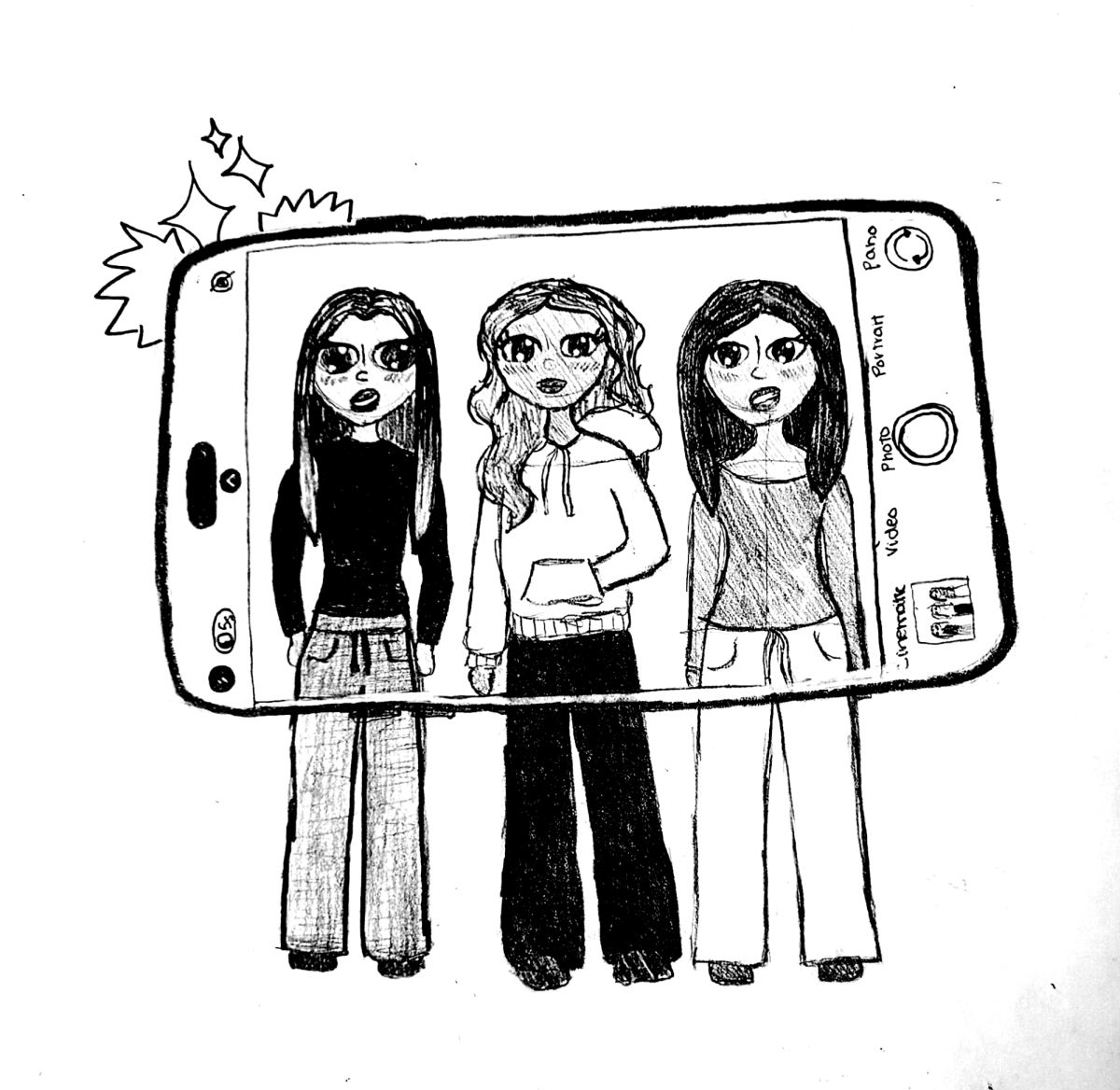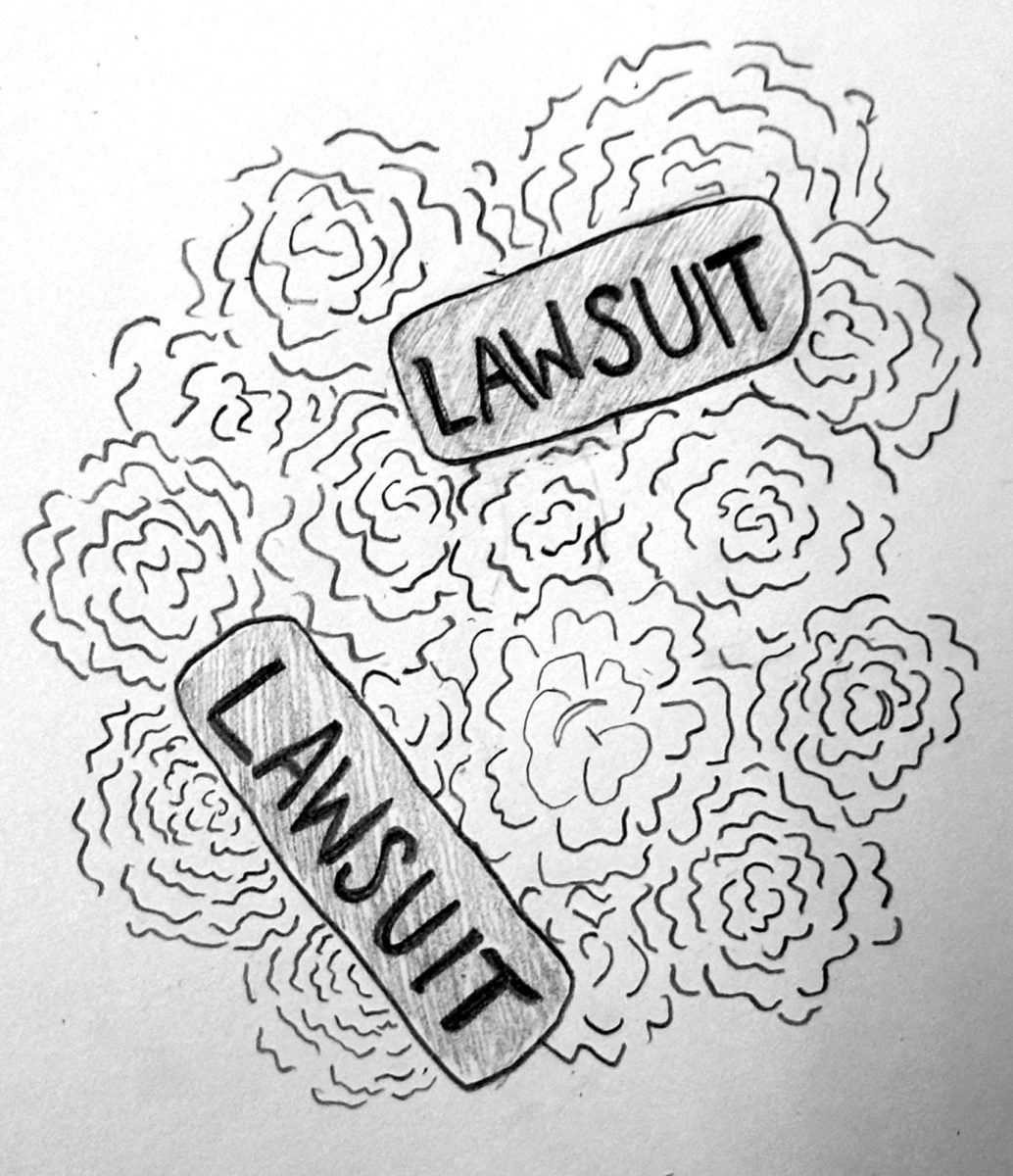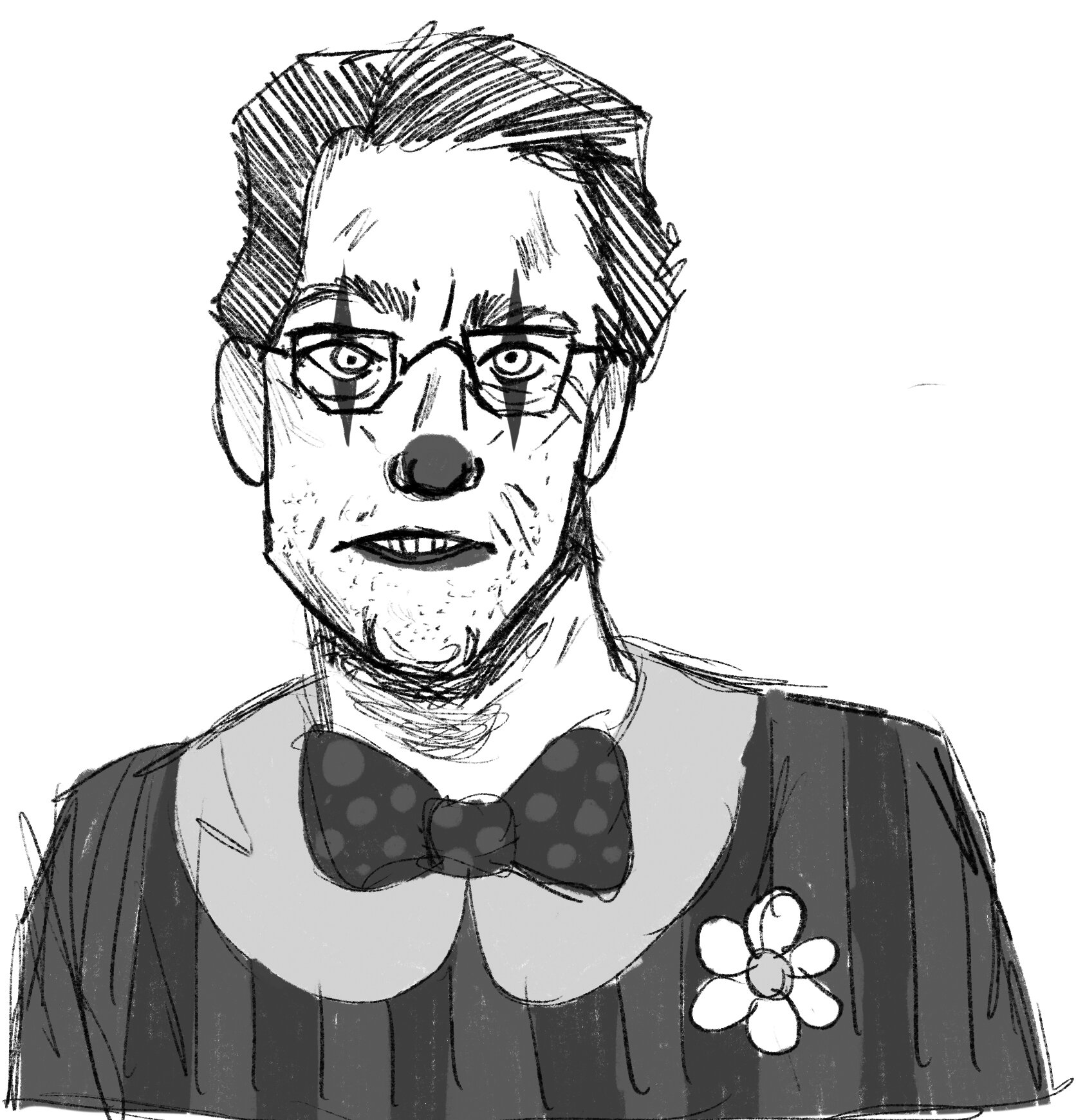The real horror is in the thinly veiled prejudice in the iconic writer’s stories
Sam Rainville, Staff Reporter
Originally published January 24, 2020
Stephen King is commonly coined as the “master of horror,” known for writing countless classics that have defined the genre since his publication of “Carrie” in 1974. When most people think of King, the things that come to mind are the vast number of books he published, as well as the many successful film adaptations of his novels.
However, in the wake of King’s continued success, it becomes more important to re-examine his novels and the themes within them, as well as the way they relate to our society. Despite his stories focusing on examining societal evils, King ends up perpetuating the stereotypes his stories claim to fight.
King’s characters are typically outsiders to society, possessing some kind of unique talent or skill that causes them to be othered by their peers. It is through these characters that King explores societal problems, primarily the fear of the other that causes people to turn against each other and commit evils.
At the same time, King manages to perpetuate many of the problems he’s trying to tackle. There’s a recurring trend throughout his novels of various minority characters existing, but not being allowed to succeed.
“It” opens with the murder of Adrian Mellon, a minor character in the scope of the story but one of the most explicit examples of a gay character in King’s writing. Mellon’s death via hate crime and its ties to Pennywise, the personification of fear and evil, seems to be an attempt to display homophobia as one of the societal fears turned acts of evil present throughout the story.
However, in the same book King leaves his other two confirmed gay characters to live the rest of their lives miserable after watching their respective loves of their lives die, which doesn’t exactly line up with King’s critique of homophobia.
This isn’t just King’s problem. The trend of “burying your gays,” the trope that requires LGBTQ+ characters to die or meet a similarly unfortunate end, runs rampant throughout Hollywood and other mediums.
This trope represents a larger issue; the idea that anyone outside the binary is unable to succeed within our society, fictional or otherwise, and shouldn’t achieve happy endings.
King ends up reinforcing this idea with other minority groups in his stories.
For instance, King attempts to address segregation in “It” by mentioning how Derry’s Black community is forced to live outside of the main town, but ends up leaving the story’s main Black character to live alone away from his friends in the end.
There’s a similar problem in the way King writes women, who instead of being fully fledged characters tend to have little personality in comparison to their male counterparts and mostly exist to be vague objects of attraction. King’s female characters also tend to follow a trend of being victims of domestic abuse, most notably in “It” and “The Shining,” yet none of their respective novels put any effort into dissecting why this is a problem.
Because the analysis of these issues is barely surface-deep, the inclusion of minority characters and complex social issues comes off as King desperately grabbing for diversity points rather than commentary.
The central problem with King’s writing is that the inclusion of these storytelling trends undermines his societal commentary. His stories of outsiders fighting against personifications of society’s evils don’t feel as fulfilling when only one kind of outsider gets to win.
King is somewhat infamous for including himself in his stories. It’s not exactly a coincidence that his protagonists are typically average men that also happen to be writers down on their luck, and while they may face bullying or exclusion, they’re still safe enough to conform to what our media has decided a hero can be.
While these characters are outcasts to the societies they live in, they still aren’t too far away from the kind of person our society deems acceptable. By only letting these kinds of people achieve their goals and aspirations, King reinforces the idea that minorities can’t have what “normal” people can.
Reinforcing these ideas is an issue no matter how you split it, but it’s even more problematic in King’s case because his stories orbit around commentary on racism, homophobia, sexism and the other irrational fears within our society. This commentary will only continue to fall flat if his only characters with happy endings are people just like him.












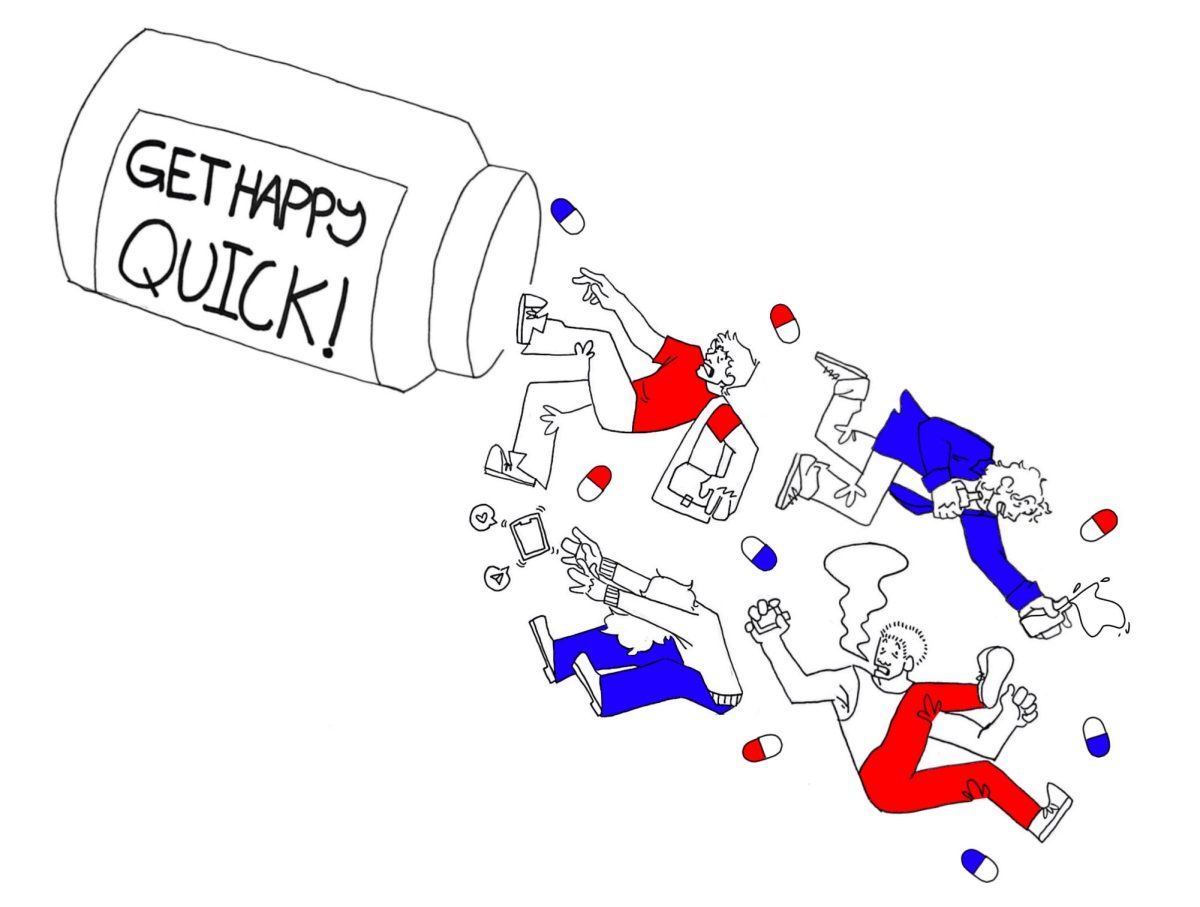





![“I have never done a sport that was so demanding and yet so fun and exhilarating,” Price said. “I look [forward] to it every day and am so happy that I became so good at it." (Courtesy of Lucy Richins)](https://ballardtalisman.org/wp-content/uploads/2025/02/miles-wrestler-2.jpg)
